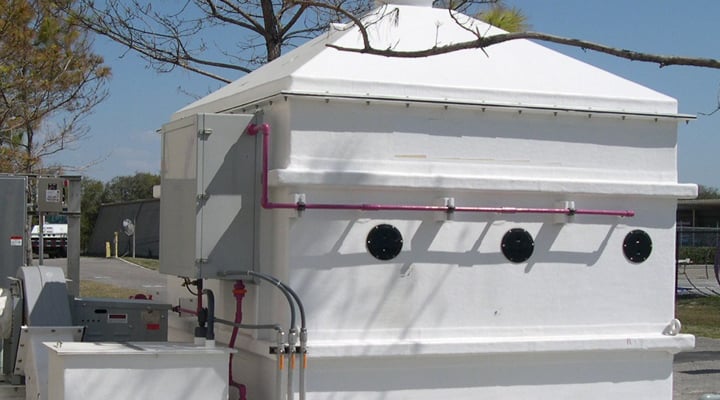Many cities face the challenge of effectively managing hydrogen sulfide (H2S) emissions from wastewater facilities to maintain air quality and ensure community satisfaction. This case study on implementing a targeted odor control solution at a Lift Station in a coastal city on the Gulf of Mexico, offers insights and strategies applicable to similar scenarios encountered by cities grappling with odor control problems.
Challenge
A large urban utility with over 13,000 customers and 90 lift stations received odor complaints at one of their lift station sites. This particular site was not currently being treated for H2S emissions and posed a challenge with significant spatial constraints. Additionally, the site's proximity to residential areas (Figure 1) necessitated a solution that minimized visual impact and noise.
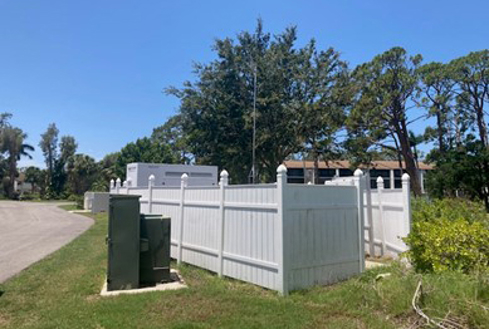
Figure 1 - The lift station site showing limited space and proximity to condos
Solution
Evoqua conducted a site survey and measured the atmospheric H2S levels, which averaged 275 ppmv, peaking at 863 ppmv (see Figure 2). These high levels are likely to cause corrosion of concrete and metals structures, hazard to the health of collection system operators, and a source of malodors to anyone in the nearby vicinity. In response to the unique challenges posed at the lift station, Evoqua proposed the ZABOCS® Mini 54 biological odor control system to effectively address the fluctuating H2S levels and space constraints.
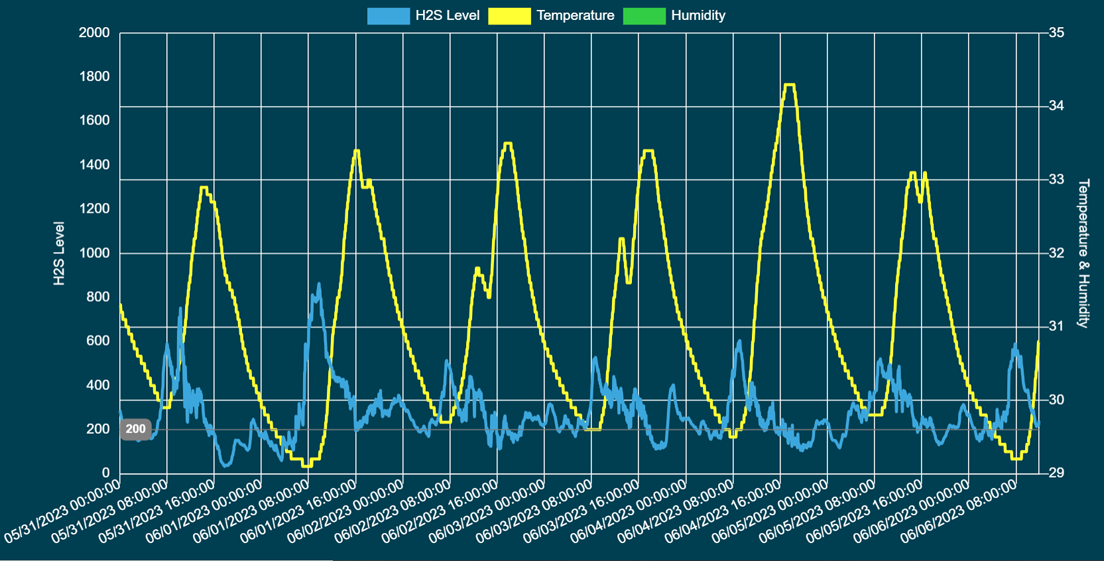
Figure 2 - Untreated hydrogen sulfide levels in the wetwell headspace of the lift station
The ZABOCS Mini 54 system offers several advantages, including:
- Space Efficiency: The ZABOCS Mini 54 system's compact footprint made it ideal for installation in confined spaces, addressing the spatial limitations of the site.
- Minimal Visual Impact: The unit's design ensured minimal visual disruption, aligning with the aesthetic requirements of urban environments.
- Effective Odor Control: Through precise monitoring and adjustment of air flow, water rate, and nutrient levels, the ZABOCS Mini 54 system effectively manages H2S emissions, mitigating odor concerns.
The deployment of the ZABOCS Mini 54 system (see Figure 3) at the lift station followed a systematic approach, including design, installation, and operational processes. Evoqua's expertise and experience in odor control solutions facilitated a seamless implementation process, ensuring optimal performance and minimal disruption to municipal operations.
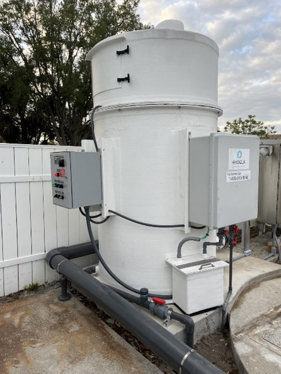
Figure 3 - ZB54 Mini System installed at the Lift Station
Result
The implementation of the ZABOCS Mini 54 system yielded significant results, demonstrating its effectiveness in addressing H2S odor challenges in urban environments:
- Odor Complaint Reduction: Following installation of the ZABOCS 54 Mini system, there was a notable reduction in odor complaints from residents and neighboring communities.
- Operational Efficiency: The system’s robust performance and low maintenance requirements contributed to improved operational efficiency, allowing the municipality to focus resources on other critical priorities.
- Complete Hydrogen Sulfide Removal: The outlet at the ZABOCS Mini showed a non-detectable (0 ppmv) concentration indicating complete removal of hydrogen sulfide odors (Figure 4).
- Community Satisfaction: The successful mitigation of H2S odors enhanced community satisfaction and improved quality of life for residents, underscoring the importance of targeted odor control solutions in urban settings.
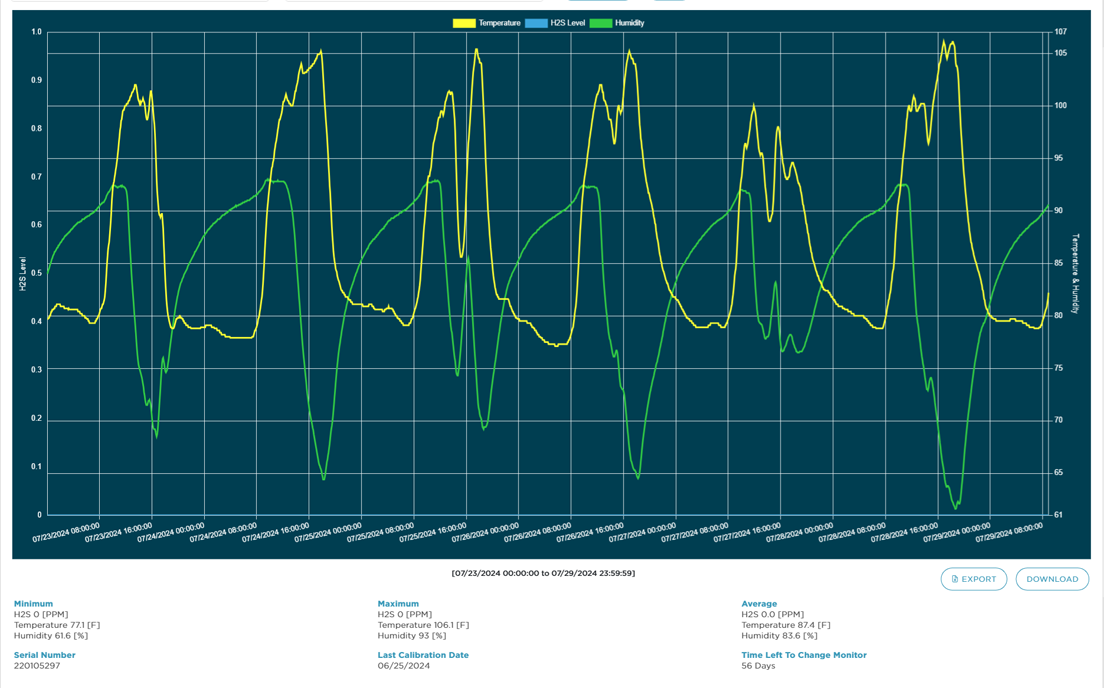
Figure 4 - Outlet of the ZABOCS Mini showing the absence of hydrogen sulfide.
The case study of this Lift Station in a coastal community on the Gulf Coast highlights the efficacy of targeted odor control solutions in addressing H2S challenges faced by municipalities. By leveraging innovative technologies and best practices, cities can effectively manage H2S emissions, enhance air quality, and promote community well-being.
